Wi-Fi
MOLD
Prediction &
Alarm System
How It Works?
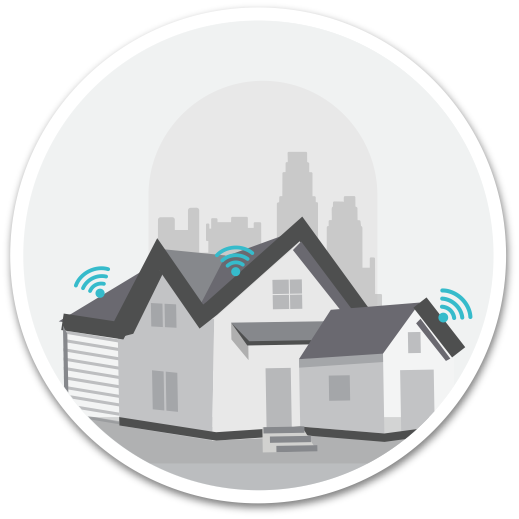
Monitors Conditions
& Updates “Mold Index” 24/7
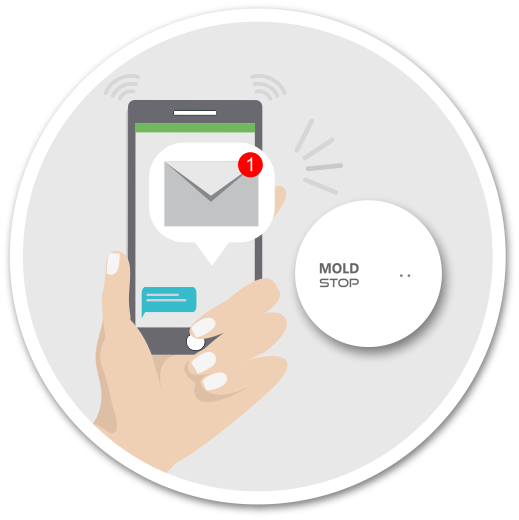
Send You Text Message & Email
Notifications Just On Time

Track The Trends
& See The Results Of Changes
How It Works?
What We Measure?

Keep Your Family Safe From Mold!
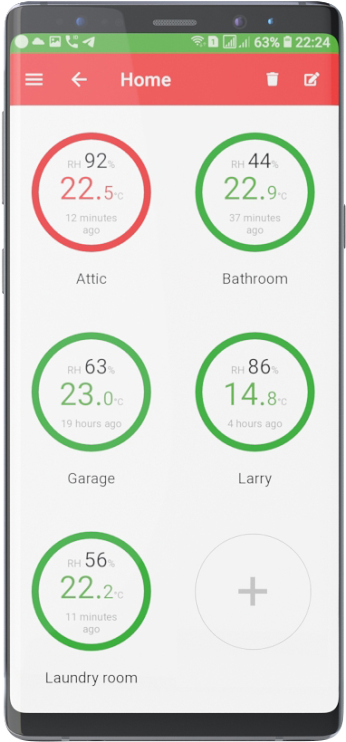
What We Measure
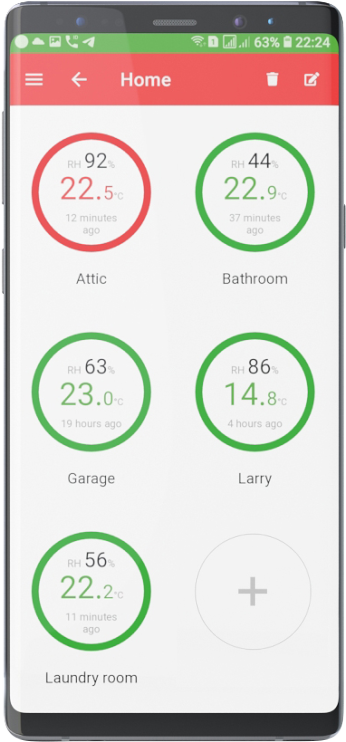

“An Ounce of Prevention Is
Worth a Pound of Cure”
Benjamin Franklin
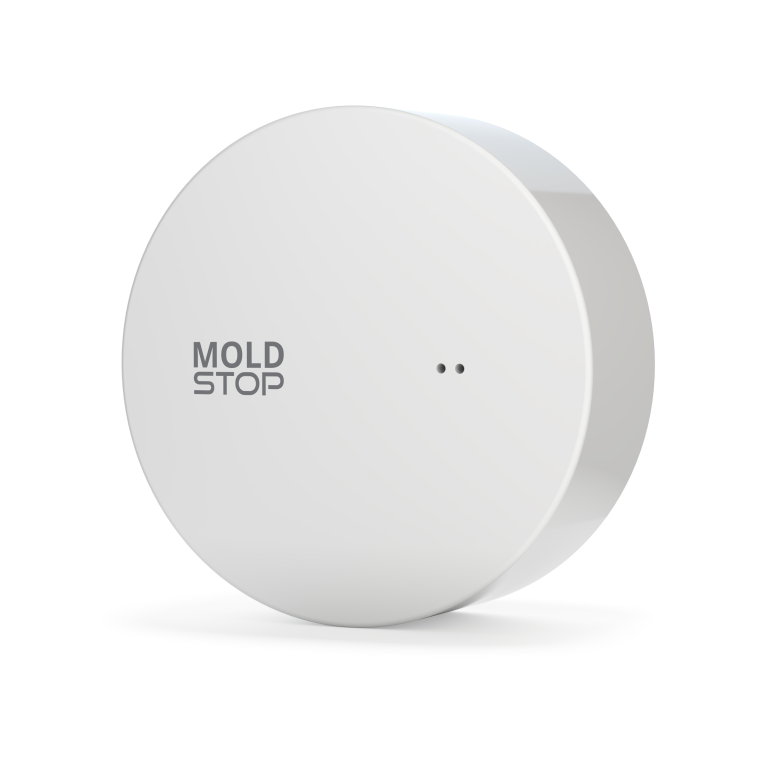
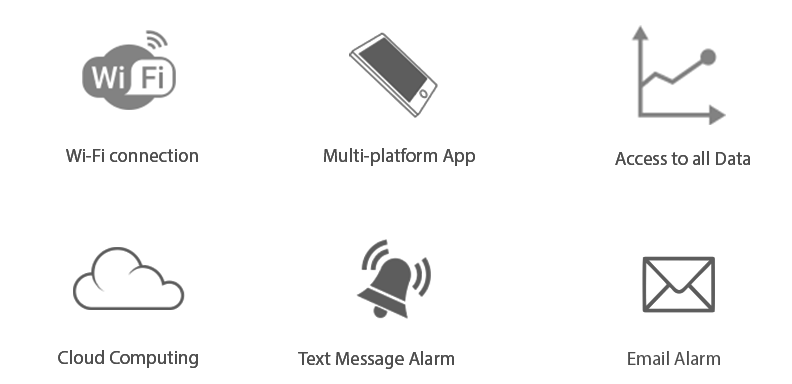
User-Friendly & Easy Application
For Any Platform


User-Friendly & Easy Application
For Any Platform
“An Ounce of Prevention Is
Worth a Pound of Cure”

Benjamin Franklin
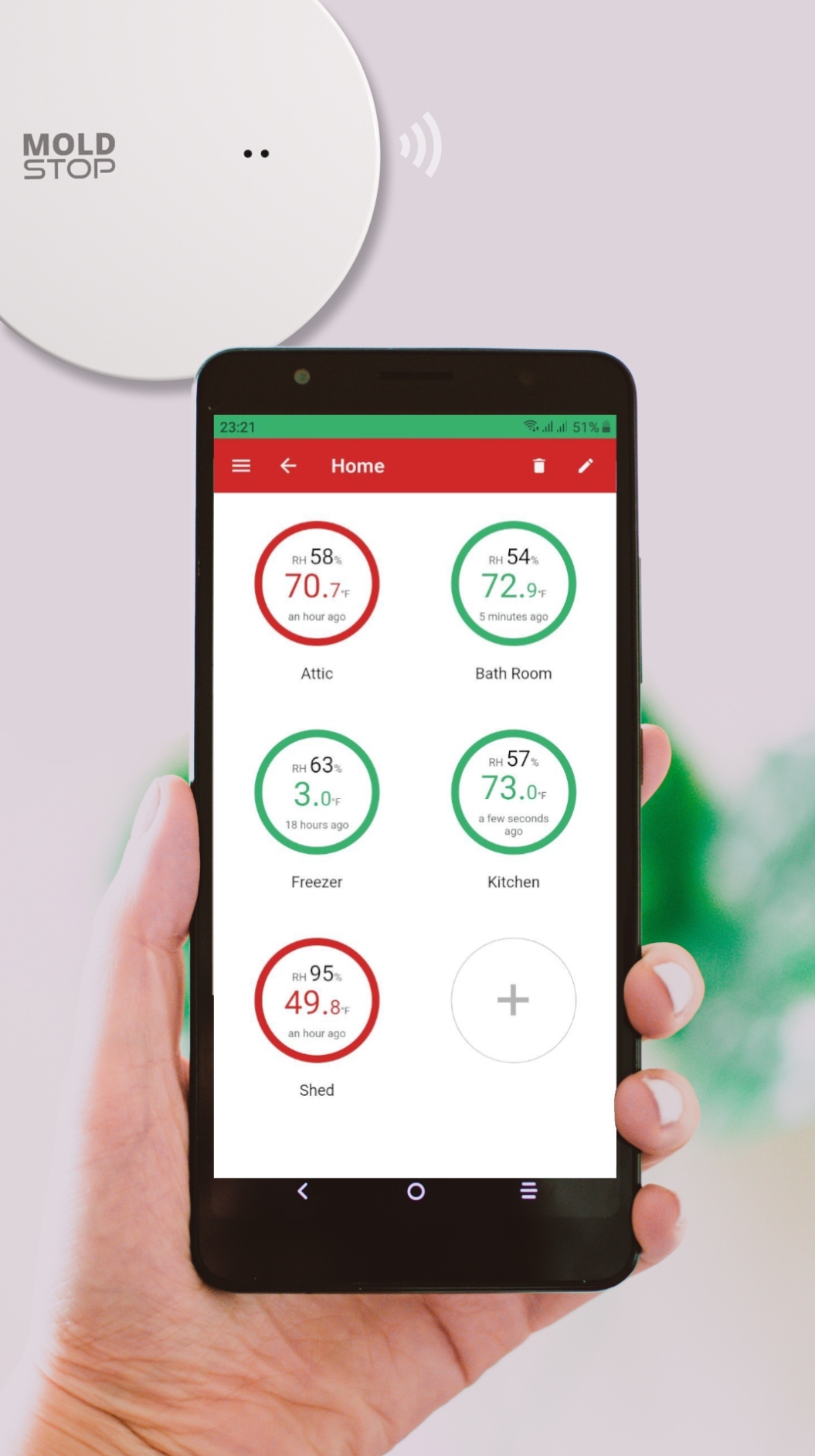
Mold Is A Hazard To Humans
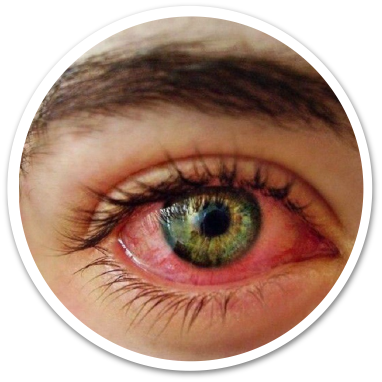
Watery, Itchy Eyes
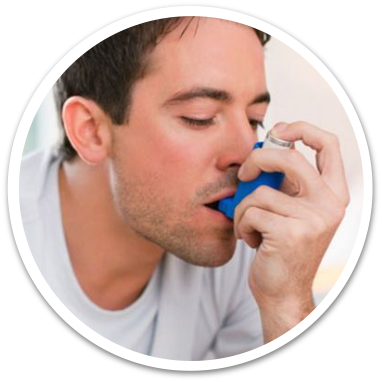
Breathing Difficulty
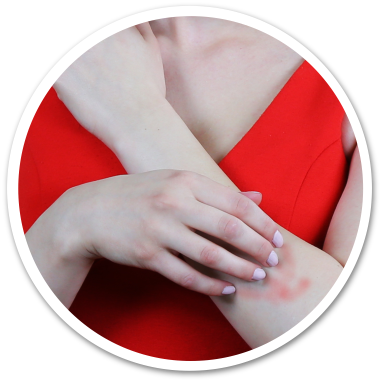
Rashes
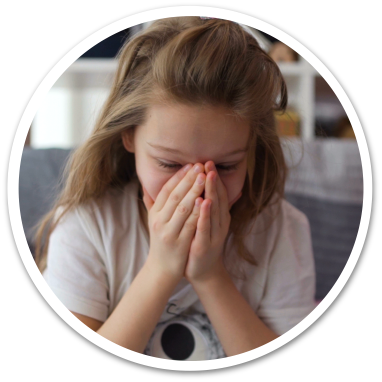
Caugh & Sneezing
Mold Is Hazard To Humans
WHAT IS MOLD?
A “Mold” or “Mould” is a fungus that grows in the form of multicellular filaments called hyphae. Molds are a large and taxonomically diverse number of fungal species in which the growth of hyphae results in discoloration and a fuzzy appearance. Molds cause biodegradation of natural materials, which can be unwanted when it becomes food spoilage or damage to property.
Stay One Step Ahead Of Mold.

WHAT IS MOLD?
A “Mold” or “Mould” is a fungus that grows in the form of multicellular filaments called hyphae. Molds are a large and taxonomically diverse number of fungal species in which the growth of hyphae results in discoloration and a fuzzy appearance. Molds cause biodegradation of natural materials, which can be unwanted when it becomes food spoilage or damage to property.
Stay One Step Ahead Of Mold.
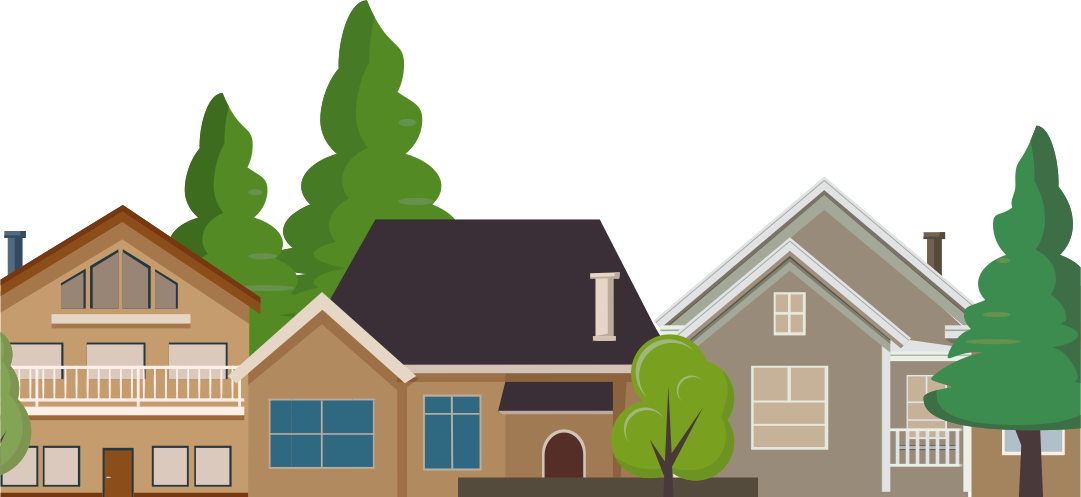
Where To Place
MOLD STOP?
Mold in the home can usually be found in damp, dark or steamy areas like bathrooms or kitchens, cluttered storage areas, recently flooded areas, basements and cellars, attics, plumbing spaces, areas with poor ventilation and outdoors in humid environments.
Finding the most vulnerable spot in a room
Where to place mold stop?
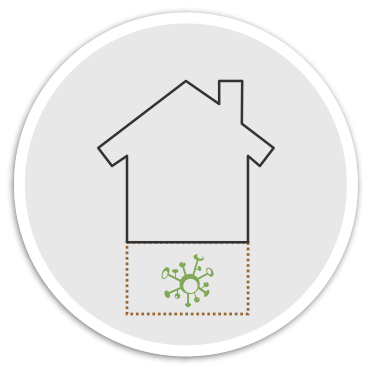
Basement
Cellars | Crawl Spaces
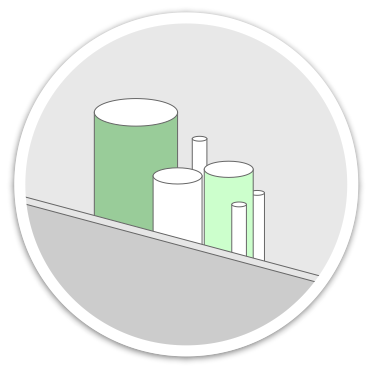
Plumbing Spaces
Ducts | Risers

Bathrooms
Toilets | Kitchens | Laundry Rooms
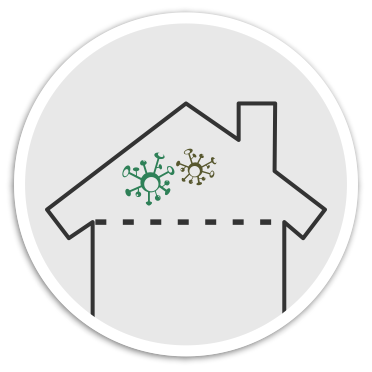
Attics
Loft Storage
Mold in the home can usually be found in damp, dark or steamy areas like bathrooms or kitchens, cluttered storage areas, recently flooded areas, basements and cellars, attics, plumbing spaces, areas with poor ventilation and outdoors in humid environments.
Finding the most vulnerable spot in a room
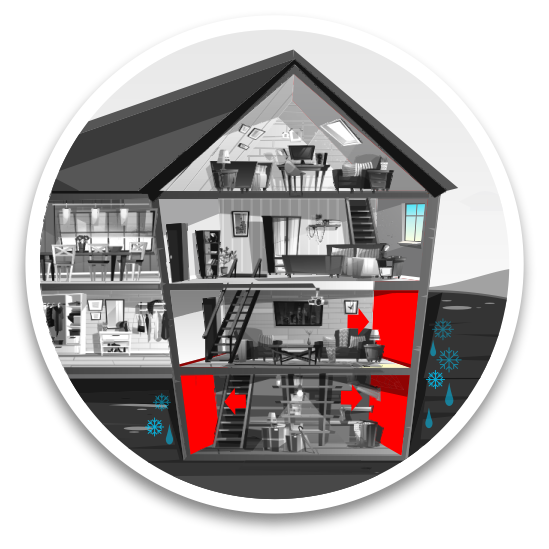
Walls With Exposure To Cold
Or Damp Areas, Rain Or Soil
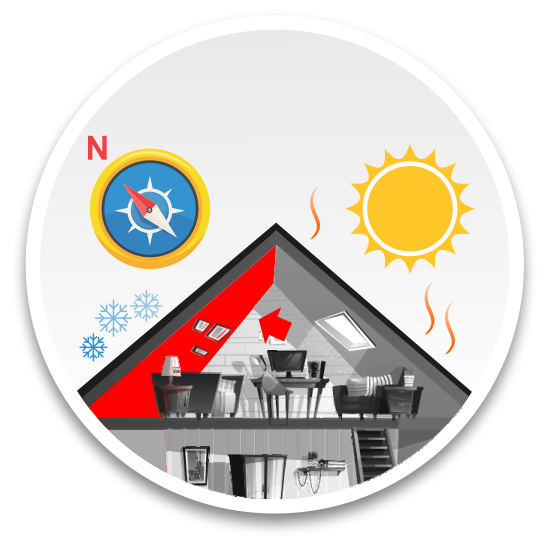
Coldest Wall Of The Room With Less Direct Sun, More Shadows, Or Far From The Room’s Heating Source
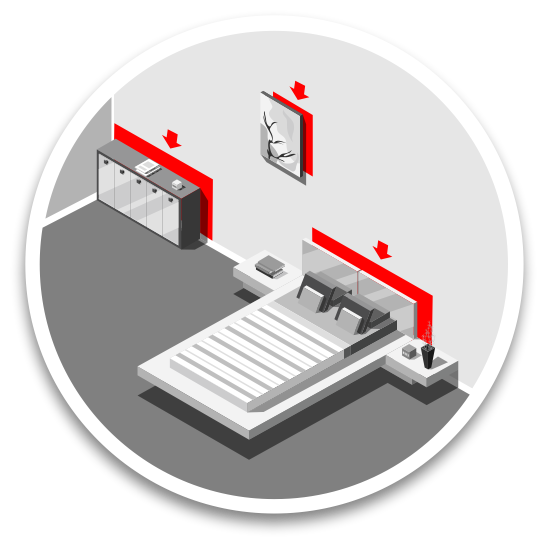
Spaces With Poor Ventilation
Like Walls Behind the Furniture
Humidity in the air condensates on the coldest walls. Walls on the northern side of the building or the side in the shadow or walls in contact with possible humid spaces and soil (in garden level units) could be colder than other walls in the same room. Humid spaces can include bathrooms, laundry rooms, and sheds. These sides are exposed to more danger. Touch the walls and see if you can feel moisture. Inspect the hidden spaces between the furniture or between furniture and walls, especially the coldest walls. Moisture can take far longer to dry in spaces between a wardrobe or a sofa and the wall.